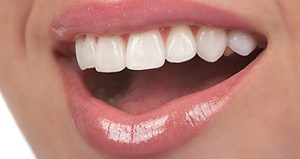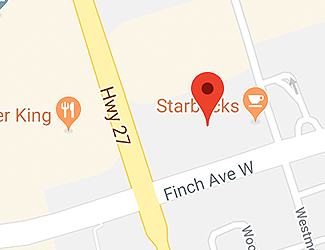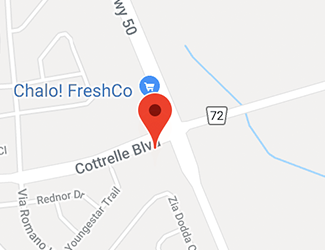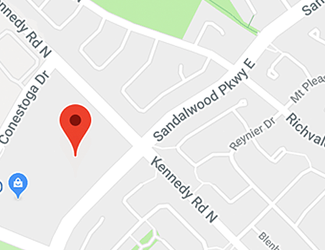
Bonding
Dental bonding refers to the usage of tooth-colored composite material to fix flaws in the teeth. It can also be used to change the shape of the tooth as well as close small spaces in between teeth.
It is a popular cosmetic dental procedure because it is inexpensive and easy to do. It can usually be done in a single visit. It also does not require the removal of a lot of tooth enamel or changing the structure of the tooth drastically unlike veneers and crowns. They can be removed in the future if and when the patient likes to.
Dental bonding can be used for several reasons:
- Decayed teeth can be treated by first removing the decayed part and using the composite material as a filling.
- Chipped, broken or cracked teeth may be fixed using dental bonding. It will also reinforce the tooth’s structure and strength to prevent further damage.
- Discolored teeth may be treated using dental bonding, especially if the stains are resistant to other whitening treatments or if the patient is sensitive to whitening treatments
- Gaps between teeth can be reduced or closed using dental bonding.
- Misshapen teeth can be fixed using dental bonding by molding the material to achieve the tooth’s desired shape.
- Dental bonding can also make a tooth wider or longer so that it appears identical with the rest of the teeth.
- A patient suffering from gum disease may experience the recession of the gumline. Dental bonding may be used to cover a tooth root that has been exposed due to this.
How is dental bonding done?
The first step is a consultation with a dentist. The dentist will determine if dental bonding is indeed the best solution for your dental problem. Your desired results will also be discussed as well as the treatment plan.
The procedure itself involves several steps:
- The dentist will choose the appropriate color for the material.
- Dental strips will be placed to prevent the bonding material from getting on the adjacent teeth.
- A solution will be placed on the tooth to create a rough surface that will help the bonding material stick better.
- The bonding agent made out of resin will be applied to the tooth.
- The material will then be formed in to the desired shape.
- Additional layers of resin will be added to achieve the desired shape.
- The dentist will further shape the bonding material so that it blends seamlessly with the rest of your tooth and other teeth.
- A curing light will be used to harden the material.
- Further modifications will be introduced to the treated area. The surface will be etched to make sure that the bite is aligned and make sure that the material blends seamlessly.
How do I care for my dental bonding?
Teeth-staining food and drinks like tea and coffee should be avoided to prevent staining of the material, especially for the first 48 hours. Smoking can also stain the material used in bonding. Like natural teeth dental bonding will last a long time with regular brushing, flossing and regular visits to the dentist. Avoid chewing on hard food or objects and nail biting using your bonded tooth because this will cause the bonding material to get cracked, chipped or fall off.







